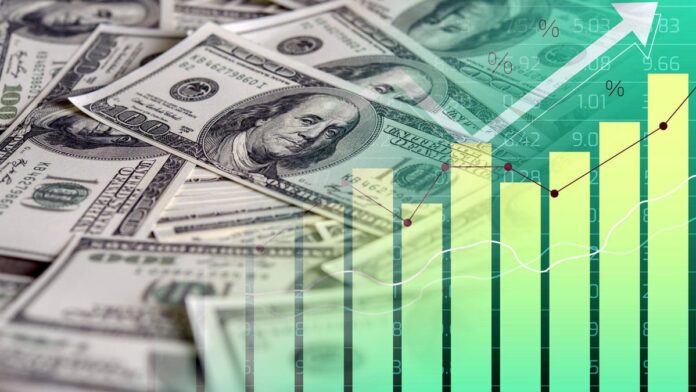In today’s dynamic financial environment, every smart saver is on the lookout for ways to make their money work harder. With inflation, market volatility, and changing interest rates, choosing the right place to park your funds has never been more important. Whether you’re considering a Certificate of Deposit (CD), a high-yield savings account, or a checking account, understanding the current rates and how they affect your returns is key.
This guide will walk you through the latest CD, checking, and savings rates, helping you maximize your returns and make informed financial decisions.
Understanding the Basics
- Certificate of Deposit (CD)
A CD is a time-bound deposit that pays a fixed interest rate over a specified term. When you invest in a CD, your money is locked in for a period, usually ranging from 3 months to 5 years. In return, banks offer higher interest rates compared to regular savings accounts.
- Savings Account
Savings accounts are ideal for storing emergency funds or short-term savings. While interest rates are typically lower than CDs, you retain easy access to your funds and can earn compound interest over time.
- Checking Account
Primarily used for daily transactions, checking accounts offer the most liquidity. Although they rarely offer high interest, some high-yield or rewards checking accounts do provide competitive returns when certain conditions are met.
Today’s Best CD Rates
As of April 2025, the average national CD rates are:
Key Tip: Online banks and credit unions often offer the highest CD rates. Look for promotions, especially from lesser-known financial institutions, which are trying to attract new customers.
Today’s Best Savings Account Rates
Savings rates have been rising steadily, especially from online-only banks and fintech platforms. Here’s what you can expect:
Key Tip: Go for high-yield savings accounts (HYSAs) with no monthly fees, low minimum balances, and compound interest features. These accounts help you beat inflation while maintaining liquidity.
Today’s Best Checking Account Rates
Though checking accounts aren’t usually associated with high interest, some institutions are shaking things up:
Key Tip: Rewards checking accounts often require minimum monthly activity, such as direct deposits, debit transactions, or e-statements. If you can meet the conditions, they’re worth exploring.
How to Choose the Right Account for You
- Assess Your Goals:
For short-term saving, choose high-yield savings.
For long-term fixed returns, go for a CD.
For daily spending + moderate interest, try a rewards checking account.
- Compare Fees and Requirements:
Avoid accounts with monthly maintenance fees, early withdrawal penalties, or high minimum balances.
- Consider FDIC/NCUA Insurance:
Ensure your money is protected. Look for FDIC-insured banks or NCUA-insured credit unions, with protection up to $250,000.
- Factor in Inflation:
Earning 0.5% APY when inflation is 3% means your money is losing value. Always aim to outpace inflation.
Expert Tips to Maximize Returns
Ladder CDs: Invest in multiple CDs with staggered maturity dates to maintain liquidity while earning higher interest.
Automate Savings: Use auto-transfer features to regularly move money into savings or CDs.
Monitor Rate Changes: Interest rates shift often. Review your accounts every 3–6 months and switch if better options emerge.
Bundle Products: Some banks offer bonus rates or cash incentives when you open multiple accounts with them.
Pros and Cons Comparison
Final Thoughts
Choosing the best place to store your money isn’t just about rates — it’s about finding the right balance between returns, liquidity, and security. As of April 2025, the best CD, checking, and savings rates offer solid opportunities for savers who take the time to shop around.
Whether you’re saving for a house, building an emergency fund, or just looking to grow your cash reserves, understanding today’s rates is the first step toward financial optimization.


